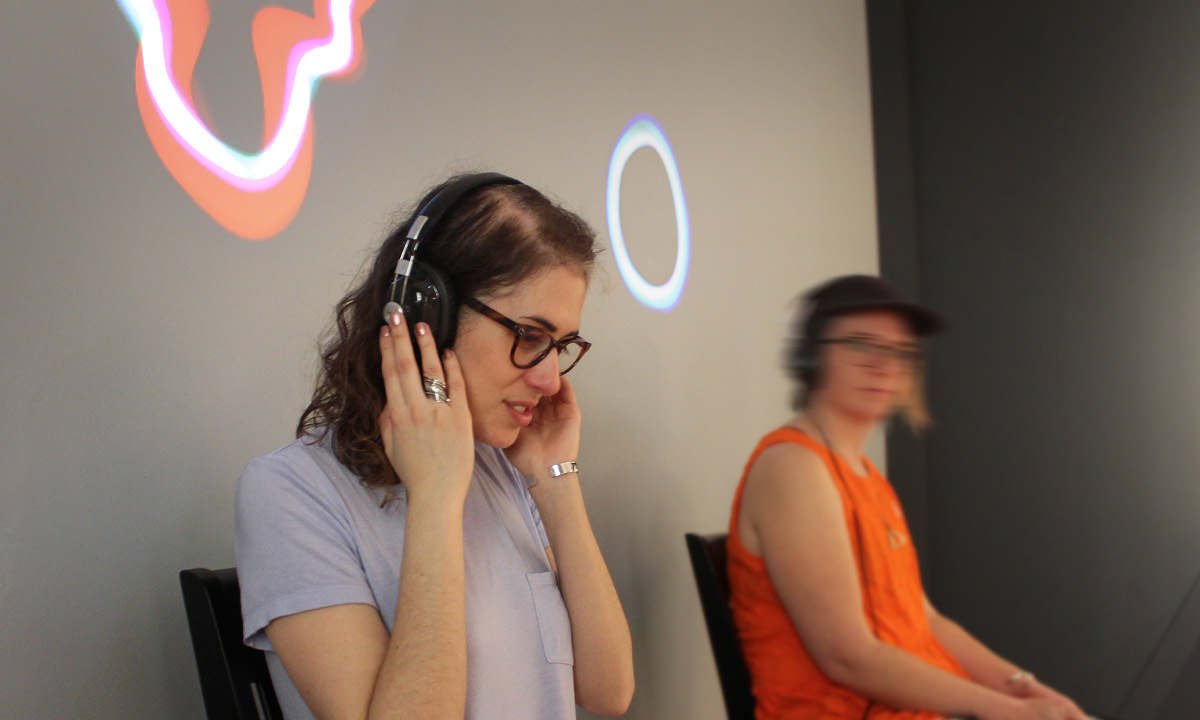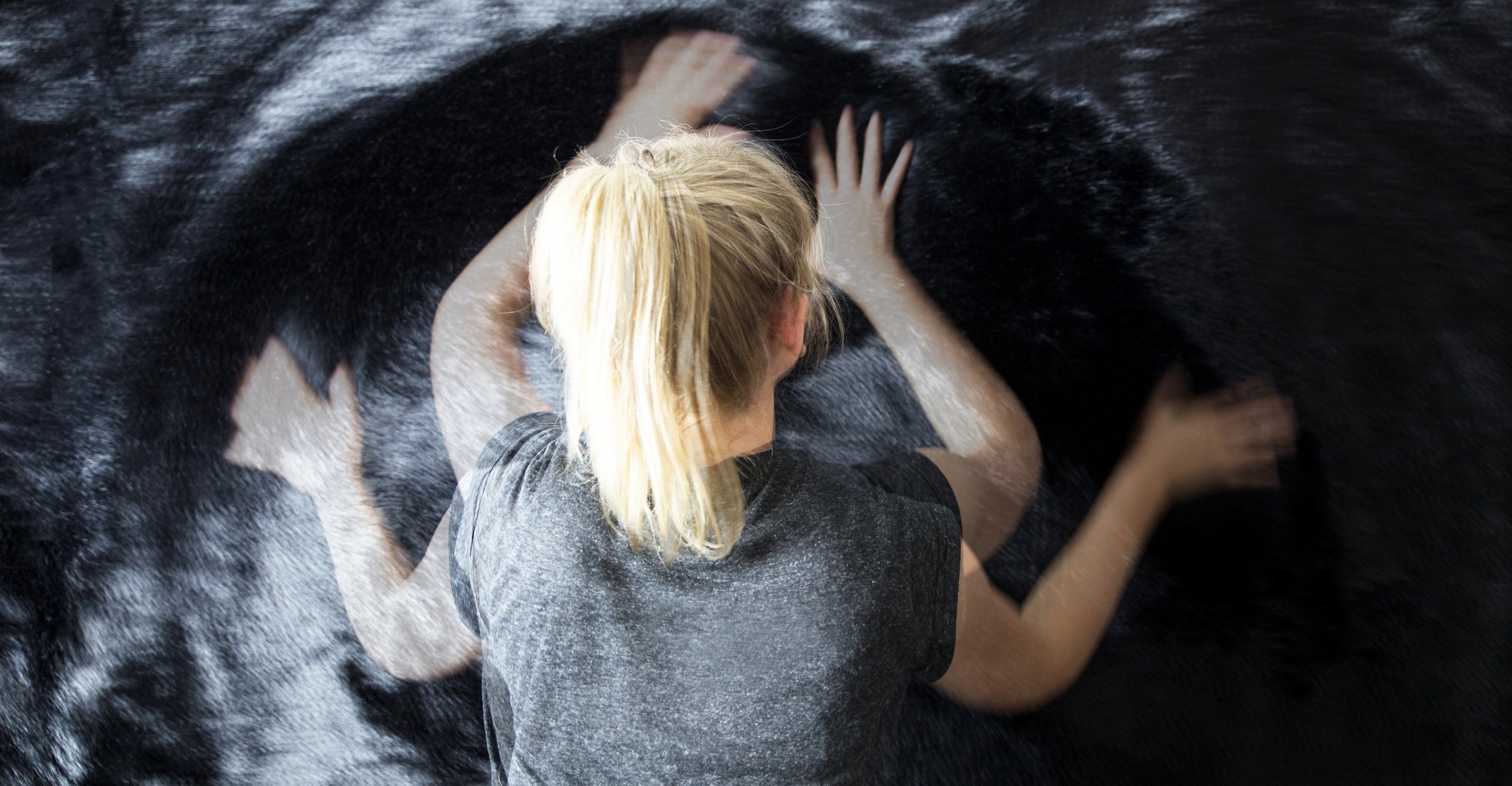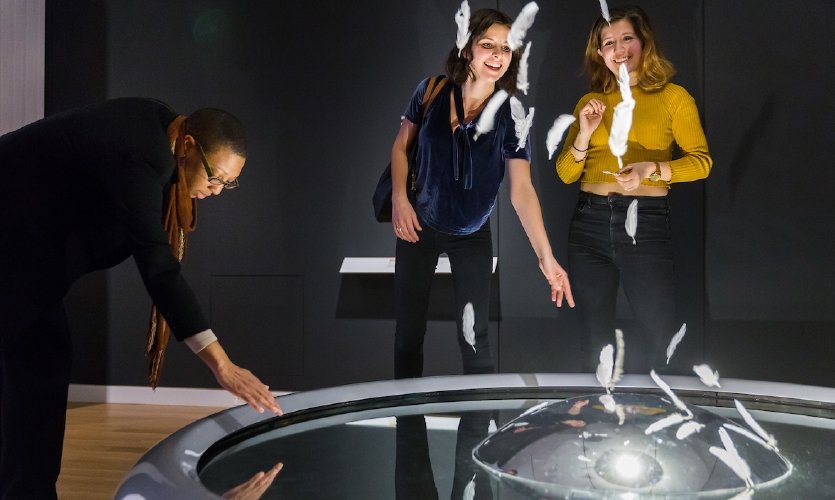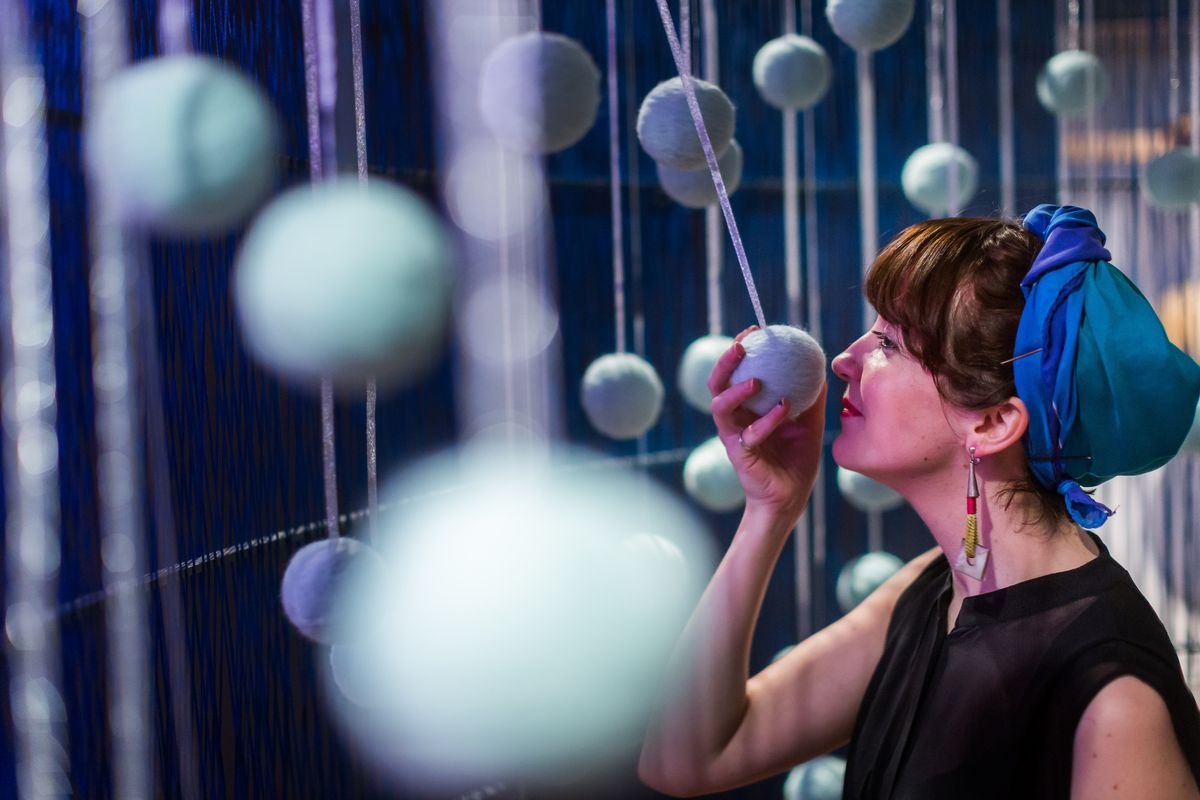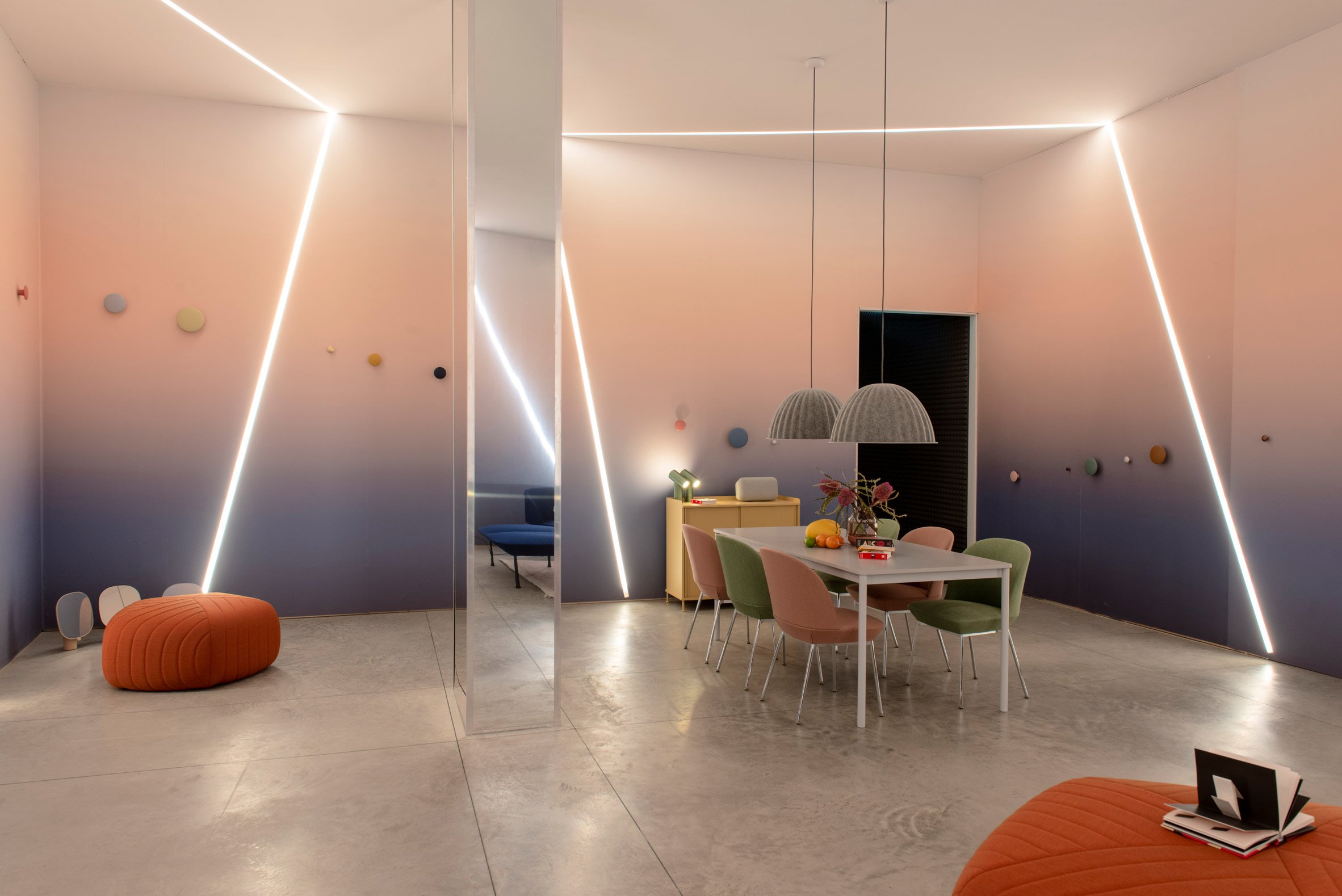Designing Interiors: How To Create Signature Moments that Delight
💡 Ultimately, the goal of an interior environment is to move forward the intention of a space and engage the user in meaningful ways. One way to do that is by designing spaces to activate the 5 basic senses: sight, sound, touch, smell, & taste.
👁 One of our favorite exhibits on the subject was @CooperHewitt’s 2018 ‘The Senses: Design Beyond Vision.’ Co-curated by @EllenLupton, this excerpt rings true ~ “People perceive objects and spaces with sound and touch as well as with vision. People experience sound by feeling vibrations and seeing movements as well as hearing by ear.” The more senses we engage, the more strongly we are tied to a moment, an object, a space.
👆Click this link to read the full exhibit recap.
[Bottom right image] This experiment sat at the intersection of science and design: Google’s A Space for Being installation at 2019's Milan Design Week verified "scientific-proof that design is important." Three interactive rooms, each applying different principles from #neuroasethetics, a discipline that looks at how aesthetics affect our mental and physical well-being. Created w/ @MuutoDesign, @reddymadedesign, and the @artsandmindlab @hopkinsmedicine.
❤️ To create a human-centered experience, you must design to engage the mind (perception + cognition) and the body (the “physical” senses). 🎶 The hospitality industry has prospered at this for years - we take away many insights from this experiential industry. Our key elements include:
🌱 An overarching focus on the atmosphere you wish to create - humans love being in nature with the diversity of sights, smells and sounds - it’s mentally and physically restorative. #BiophilicDesign integrates nature and natural light into our spaces to inject the benefits of nature into our daily lives as ~90% of our time is spent indoors.
😌 Beyond biophilic design, consider the power of varied lighting, styling and art (ambiance), aesthetics (sight), energy and mood (sound), comfort (touch), stimulating appetite or a sense of calm (scent), and pleasure or satisfaction (taste).
🛋 Selecting the right materials is key to delivering on the elements above. Sight ~ with it we can identify aesthetics, quality, and how it might behave when we use it. Our sense of touch will inform us in much the same way. And of course, we can hear the differences in materials when we walk into a room. A space with lots of texture is quieter to our ears than an open space with shiny surfaces. // #emotifInteriors





